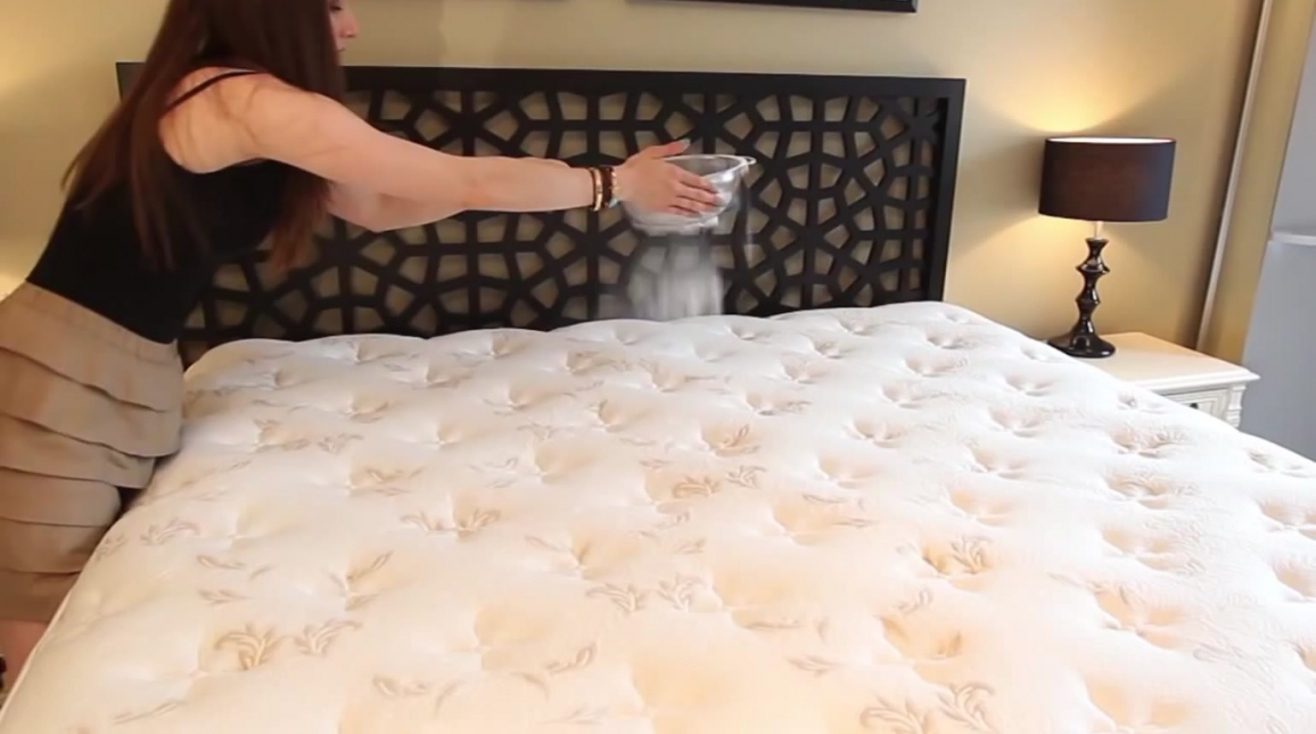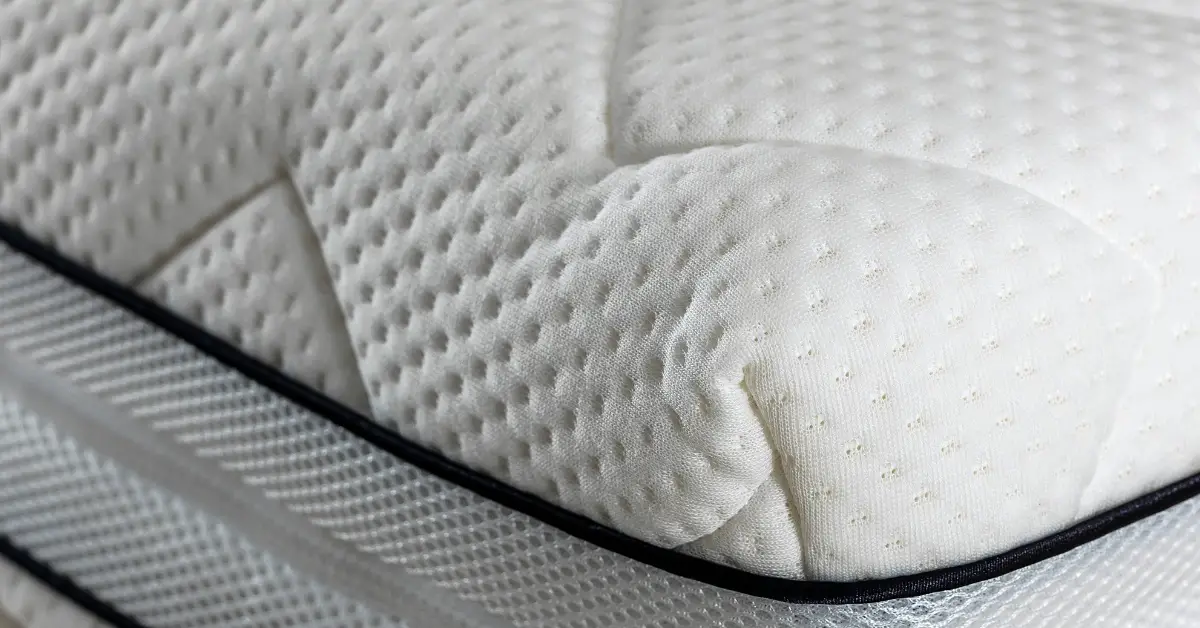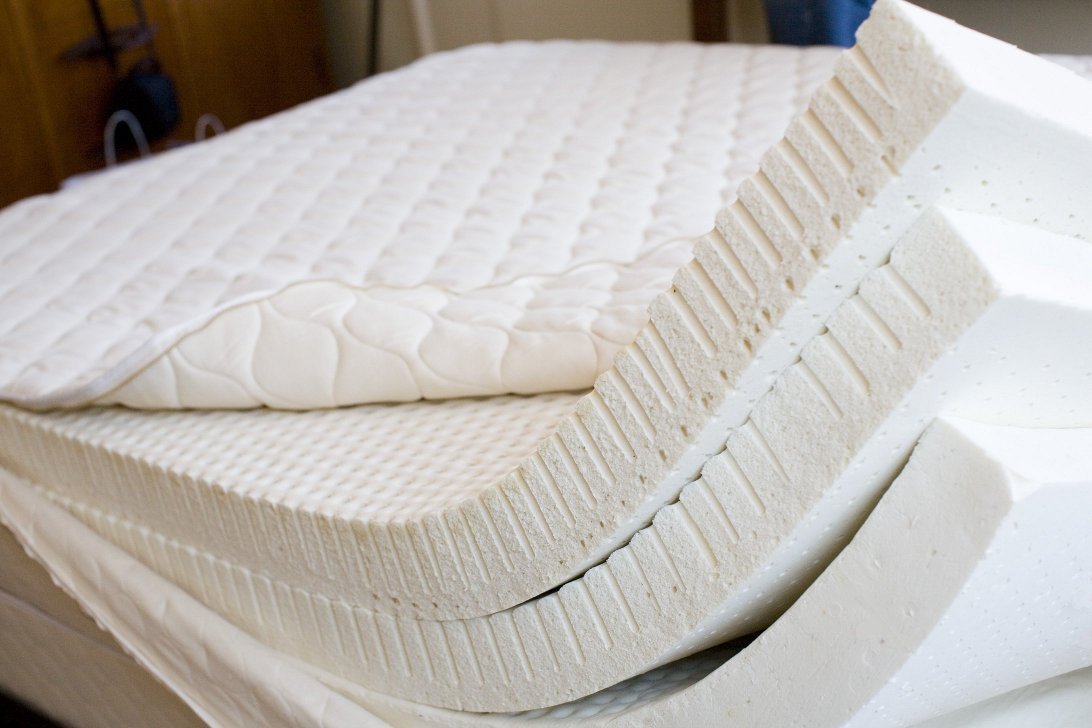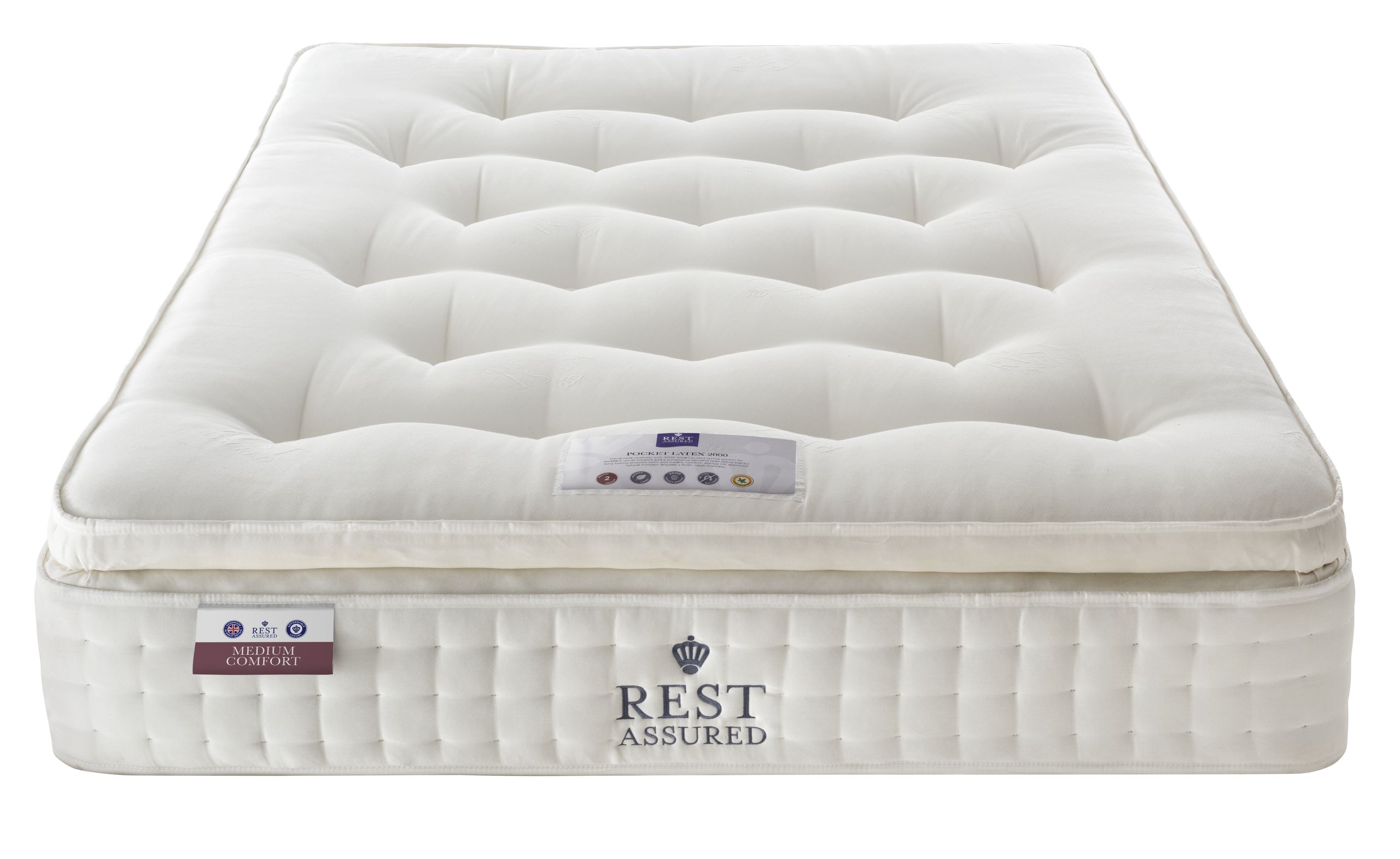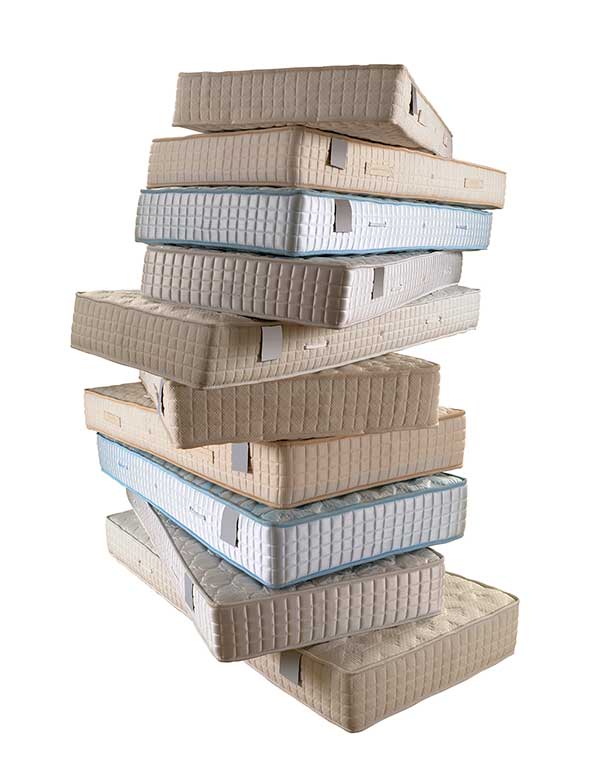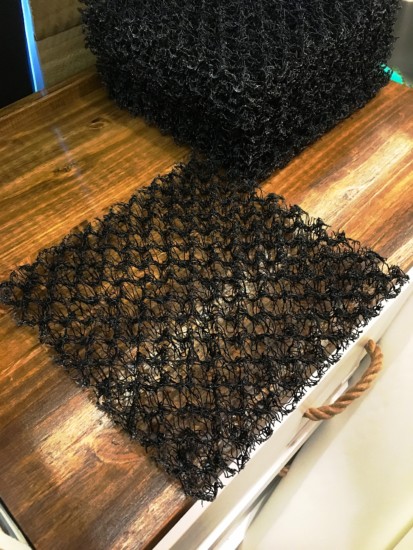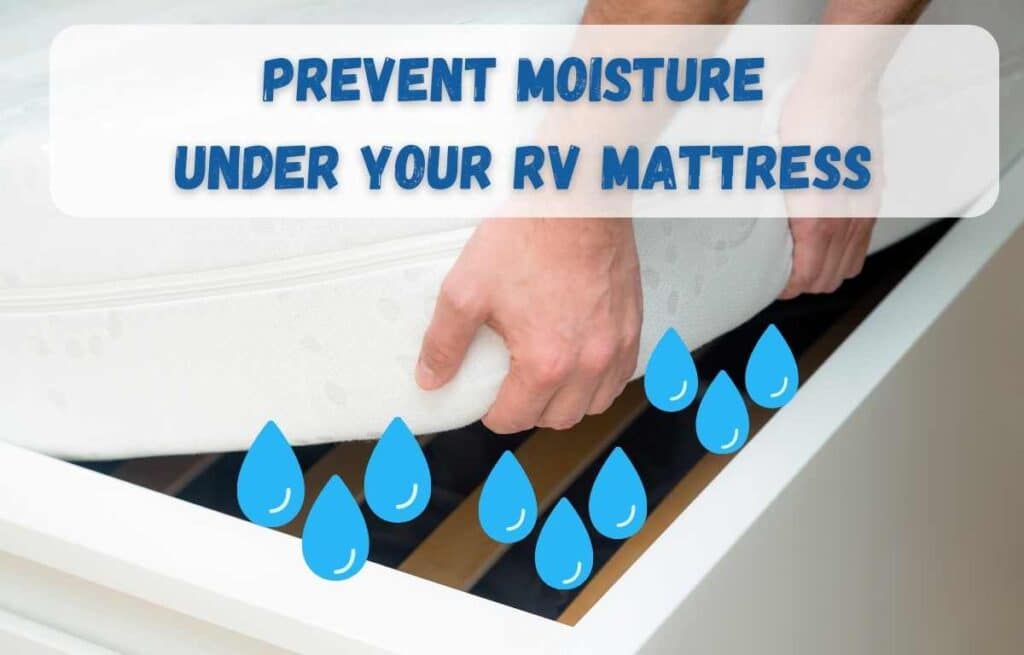Latex mattresses are becoming increasingly popular due to their many benefits, including their hypoallergenic and mold-resistant properties. However, like any other mattress, latex mattresses can still be susceptible to mold growth if not properly cared for. In this article, we will discuss the top 10 things you need to know about latex mattresses and mold.Latex Mattresses and Mold: What You Need to Know
Prevention is key when it comes to mold growth on your latex mattress. The best way to prevent mold is to keep your mattress clean and dry. Make sure to regularly clean your mattress with a mild soap and warm water, and avoid using harsh chemicals as they can damage the latex material. When not in use, keep your mattress in a well-ventilated area to allow for proper air circulation.How to Prevent Mold on Your Latex Mattress
Yes, latex mattresses are naturally resistant to mold and mildew. Latex is made from the sap of rubber trees and does not provide a suitable environment for mold growth. However, this does not mean that mold cannot grow on a latex mattress. If the mattress is exposed to excessive moisture or not properly maintained, mold can still develop.Do Latex Mattresses Really Resist Mold and Mildew?
It is important to note that mold growth on a latex mattress can be harmful to your health. Mold can cause respiratory issues and allergic reactions, especially for those with pre-existing conditions. Therefore, it is crucial to regularly check your mattress for any signs of mold and take necessary precautions to prevent it from growing.Latex Mattresses and Mold: What You Need to Know
If you do happen to discover mold on your latex mattress, it is important to act quickly to prevent it from spreading. Start by vacuuming the affected area to remove any loose mold spores. Then, mix equal parts of water and white vinegar in a spray bottle and lightly spray the moldy area. Let it sit for a few minutes, then scrub the area with a soft brush. Finally, use a clean cloth to blot the area and allow it to air dry completely before covering it with bedding.How to Clean Mold from Your Latex Mattress
It is recommended to clean your latex mattress at least once every three months to prevent mold growth. This will also help maintain the integrity and lifespan of your mattress. If you live in a humid climate or have excessive moisture in your home, it may be necessary to clean your mattress more frequently.Latex Mattresses and Mold: What You Need to Know
Aside from regular cleaning, there are a few other ways to protect your latex mattress from mold and mildew. Invest in a mattress protector that is specifically designed for latex mattresses. These protectors are usually made from breathable materials that allow for proper air circulation while also providing a barrier against moisture. Additionally, make sure to always use a breathable and moisture-wicking mattress cover to prevent sweat and spills from seeping into the mattress.How to Protect Your Latex Mattress from Mold and Mildew
As mentioned earlier, latex mattresses are naturally resistant to mold and mildew. However, this does not mean they are completely immune to it. Mold can still develop on a latex mattress if it is exposed to excessive moisture or not properly maintained. It is important to follow the proper care instructions for your specific mattress to ensure its longevity and mold resistance.Do Latex Mattresses Really Resist Mold and Mildew?
In addition to regular cleaning and using protective covers, it is important to also monitor the environment your mattress is in. If you live in a humid climate or have high levels of moisture in your home, consider using a dehumidifier to reduce the humidity levels. This will not only help prevent mold growth on your mattress but also improve the overall air quality in your home.Latex Mattresses and Mold: What You Need to Know
Lastly, make sure to properly dry your mattress if it gets wet. If you accidentally spill something on your mattress, immediately blot the area with a clean cloth and use a fan to help dry it. Avoid using a hairdryer as the heat can damage the latex material. If your mattress does get wet, it is important to thoroughly dry it before covering it with bedding to prevent mold growth. In conclusion, latex mattresses are a great choice for those looking for a mold-resistant option. However, it is still important to properly care for and maintain your mattress to prevent mold growth. By following these top 10 tips, you can ensure your latex mattress stays clean, dry, and mold-free for years to come.How to Prevent Mold on Your Latex Mattress
The Truth About Latex Mattresses and Mold: What You Need to Know

Understanding Latex Mattresses
 Latex mattresses have been gaining popularity in recent years due to their natural and eco-friendly materials. Made from the sap of rubber trees, these mattresses are known for their comfort and durability. However, there is a common concern among consumers about whether these mattresses are prone to mold growth.
Latex mattresses have been gaining popularity in recent years due to their natural and eco-friendly materials. Made from the sap of rubber trees, these mattresses are known for their comfort and durability. However, there is a common concern among consumers about whether these mattresses are prone to mold growth.
The Mold Debate
 The idea of mold growing on a mattress can be unsettling, especially since we spend a third of our lives sleeping on it. But is there any truth to this concern? The answer is both yes and no.
Latex mattresses are naturally resistant to mold and mildew growth
, thanks to the material's anti-microbial properties. This means that the latex itself does not provide a suitable environment for mold to grow. However,
latex mattresses can still develop mold if they are not properly cared for
.
The idea of mold growing on a mattress can be unsettling, especially since we spend a third of our lives sleeping on it. But is there any truth to this concern? The answer is both yes and no.
Latex mattresses are naturally resistant to mold and mildew growth
, thanks to the material's anti-microbial properties. This means that the latex itself does not provide a suitable environment for mold to grow. However,
latex mattresses can still develop mold if they are not properly cared for
.
Preventing Mold Growth on Latex Mattresses
 The key to ensuring your latex mattress stays mold-free is to keep it clean and dry. Moisture is the main culprit for mold growth, so it's crucial to avoid any spills or accidents on your mattress. If this does happen,
make sure to immediately blot the area with a dry towel to absorb the moisture
. You can also sprinkle baking soda on the affected area to help absorb any remaining moisture and neutralize odors.
Another important factor is proper ventilation.
Airflow is essential in preventing mold growth
, so make sure to regularly air out your mattress. This can be done by removing the sheets and bedding and allowing the mattress to breathe for a few hours. You can also consider using a mattress protector to prevent moisture from seeping into the mattress.
The key to ensuring your latex mattress stays mold-free is to keep it clean and dry. Moisture is the main culprit for mold growth, so it's crucial to avoid any spills or accidents on your mattress. If this does happen,
make sure to immediately blot the area with a dry towel to absorb the moisture
. You can also sprinkle baking soda on the affected area to help absorb any remaining moisture and neutralize odors.
Another important factor is proper ventilation.
Airflow is essential in preventing mold growth
, so make sure to regularly air out your mattress. This can be done by removing the sheets and bedding and allowing the mattress to breathe for a few hours. You can also consider using a mattress protector to prevent moisture from seeping into the mattress.
Cleaning and Maintaining Your Latex Mattress
 To keep your latex mattress in top condition and to prevent mold growth, it's essential to
clean and maintain it regularly
. This includes vacuuming your mattress every few months to remove any dust or debris. You can also spot clean any stains or spills with a mixture of mild detergent and water.
Do not use harsh chemicals or cleaners on your latex mattress as this can damage the material and potentially lead to mold growth
.
To keep your latex mattress in top condition and to prevent mold growth, it's essential to
clean and maintain it regularly
. This includes vacuuming your mattress every few months to remove any dust or debris. You can also spot clean any stains or spills with a mixture of mild detergent and water.
Do not use harsh chemicals or cleaners on your latex mattress as this can damage the material and potentially lead to mold growth
.
Final Thoughts
 In conclusion,
latex mattresses are not prone to mold growth
as long as they are properly cared for and maintained. With the right cleaning and maintenance routine, you can enjoy the benefits of a comfortable and eco-friendly mattress without worrying about mold. Remember to keep your mattress clean and dry, and it will provide you with a healthy and restful sleep for years to come.
In conclusion,
latex mattresses are not prone to mold growth
as long as they are properly cared for and maintained. With the right cleaning and maintenance routine, you can enjoy the benefits of a comfortable and eco-friendly mattress without worrying about mold. Remember to keep your mattress clean and dry, and it will provide you with a healthy and restful sleep for years to come.



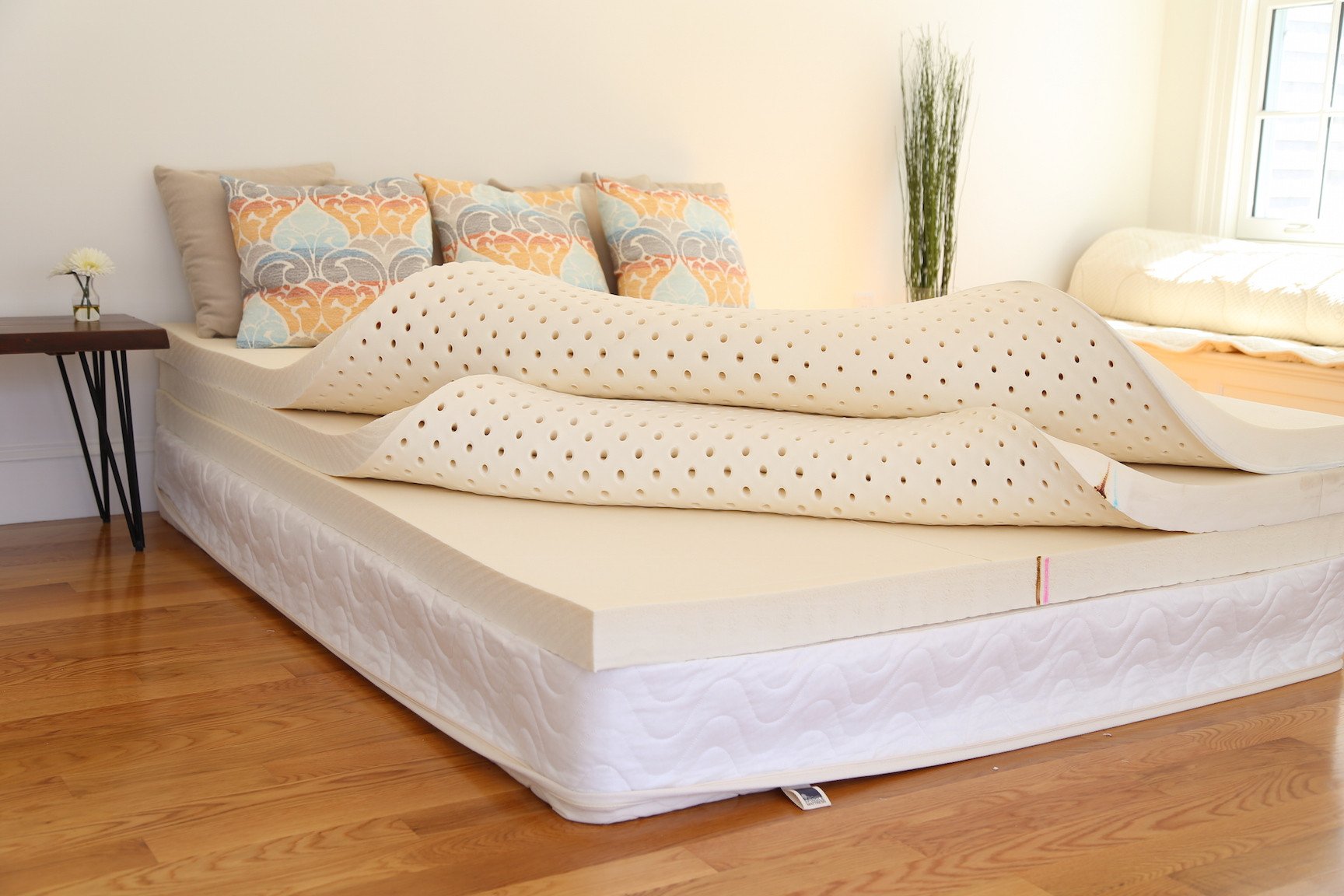









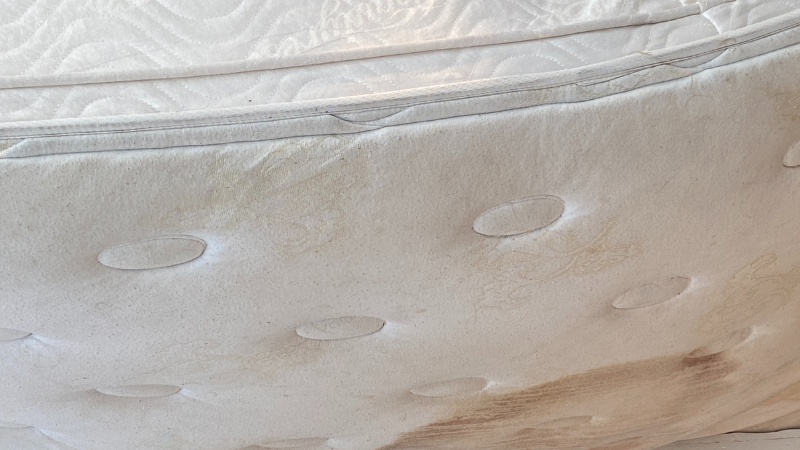

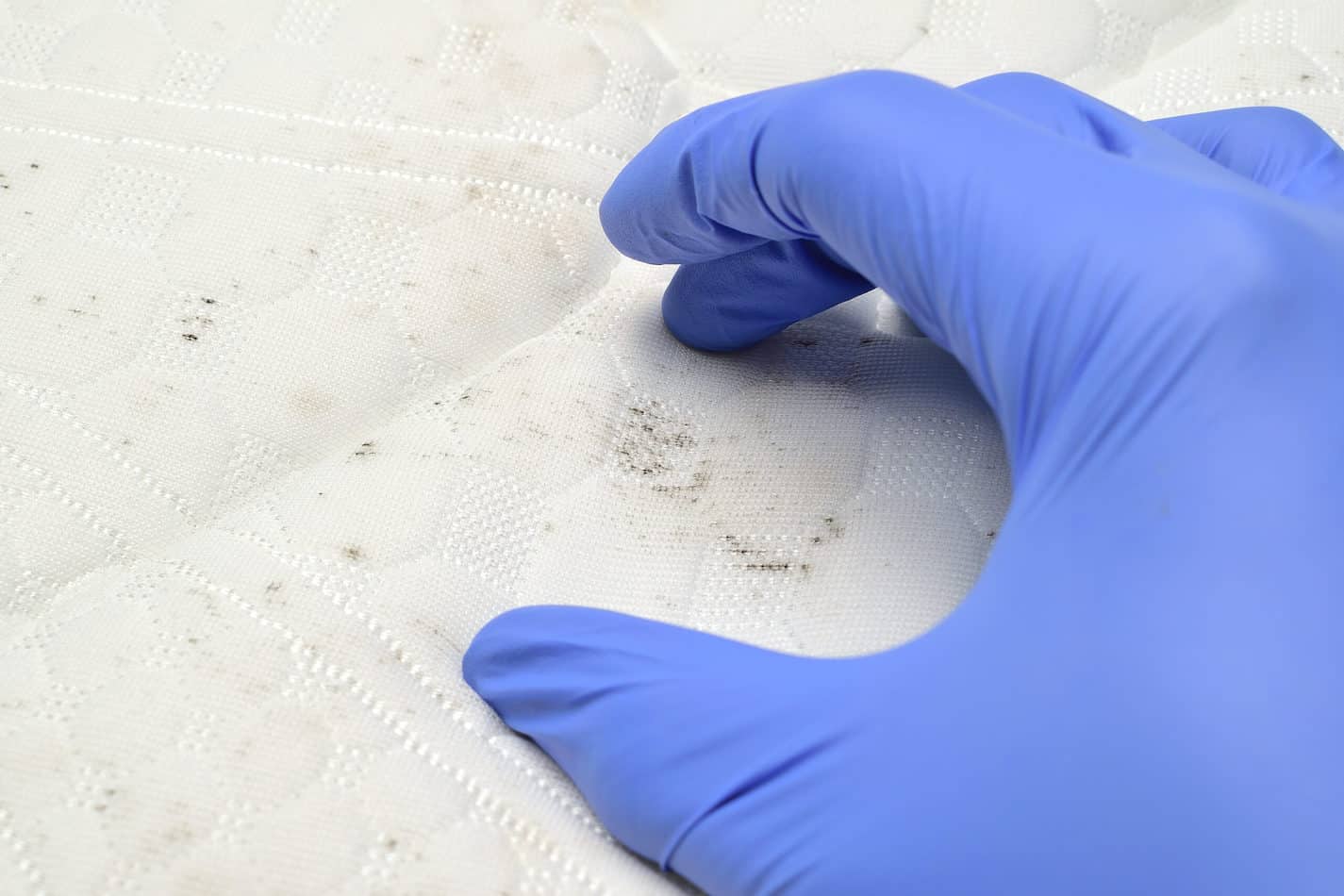
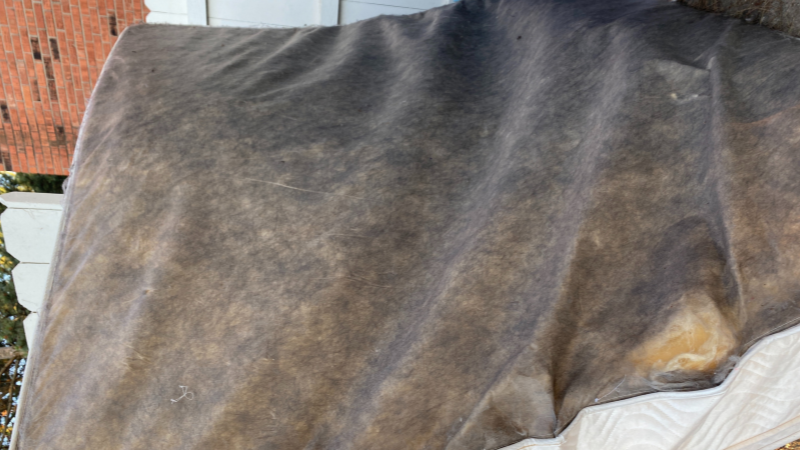

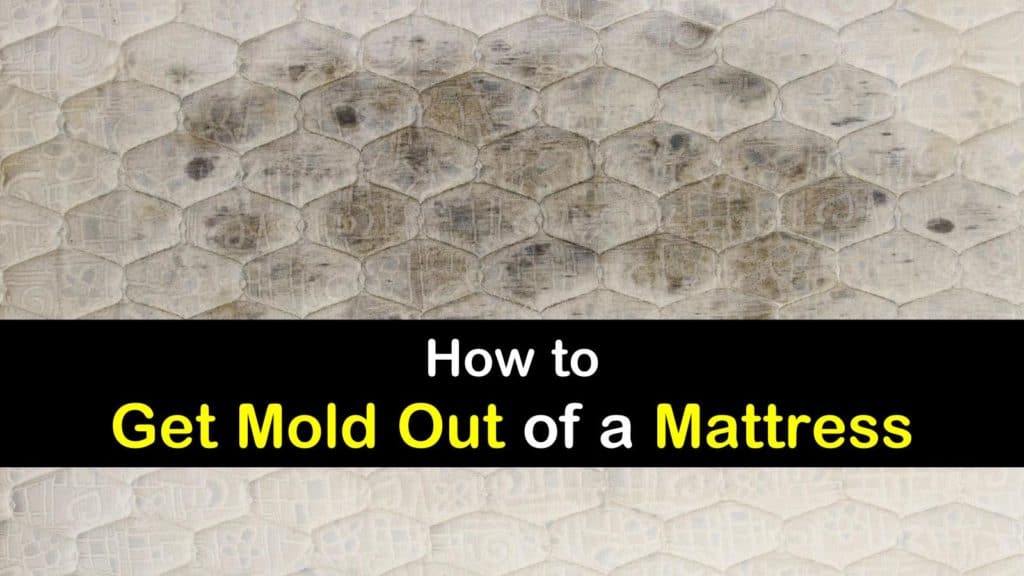


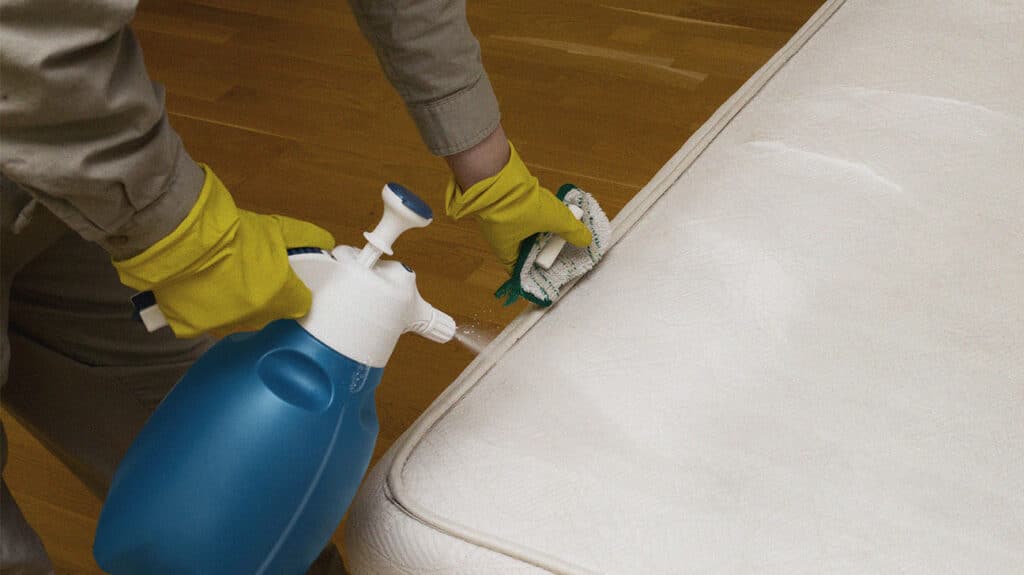




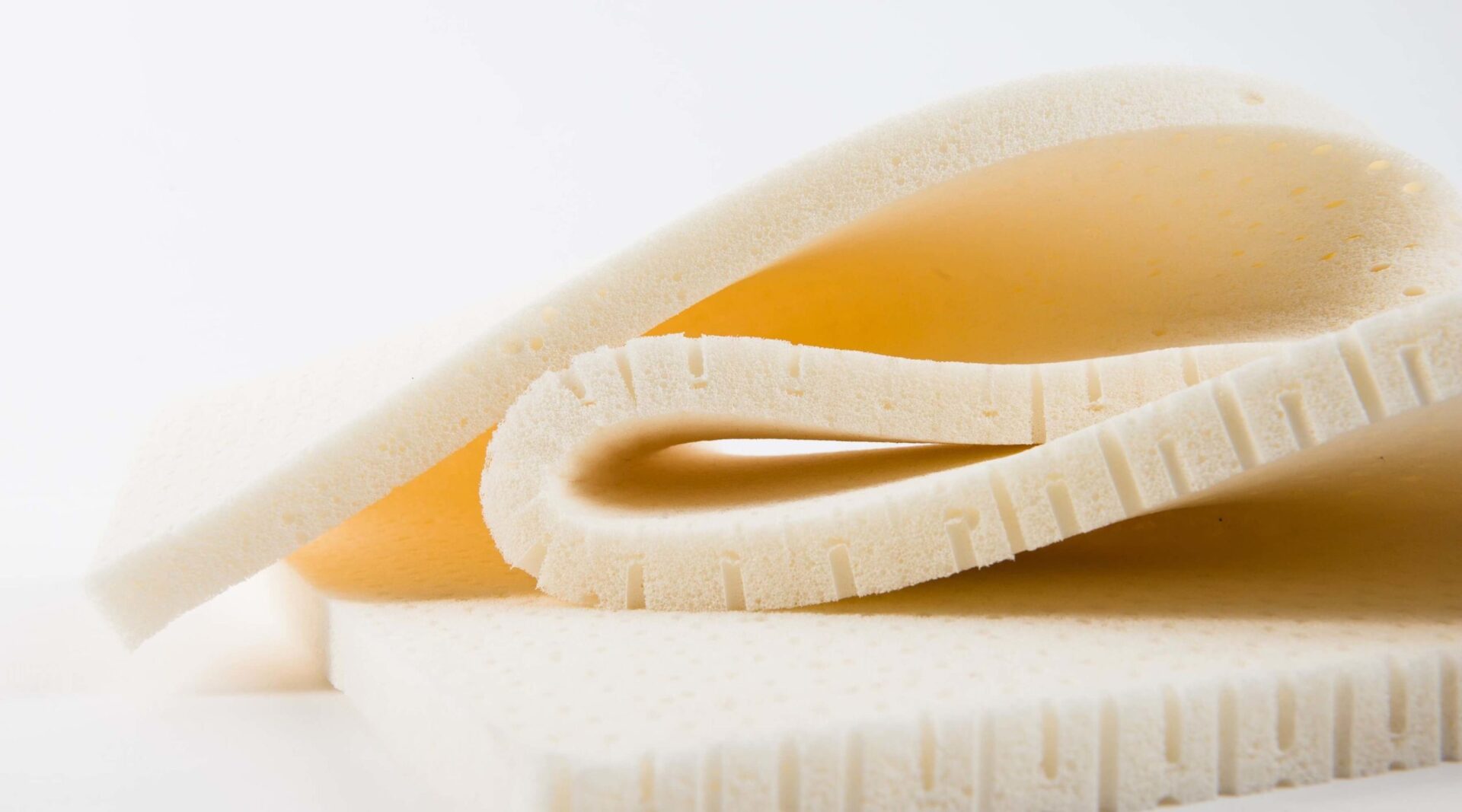
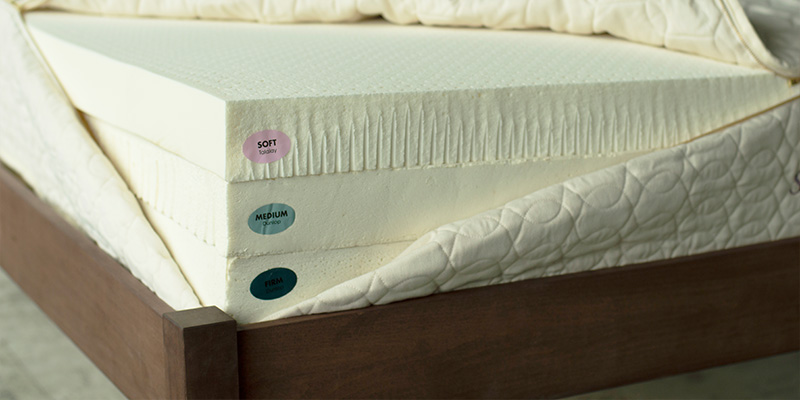








:max_bytes(150000):strip_icc()/clean-your-mattress-the-natural-way-350742-14-5a99efe91be349449c3178993b367746.jpg)

